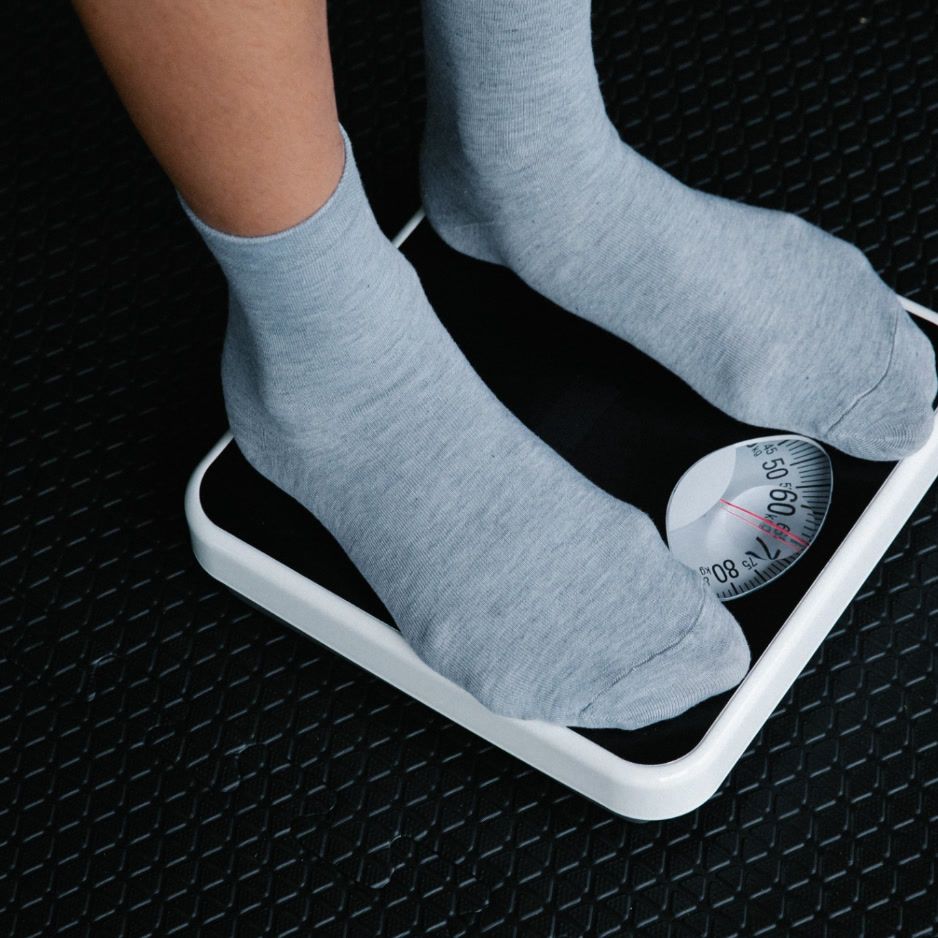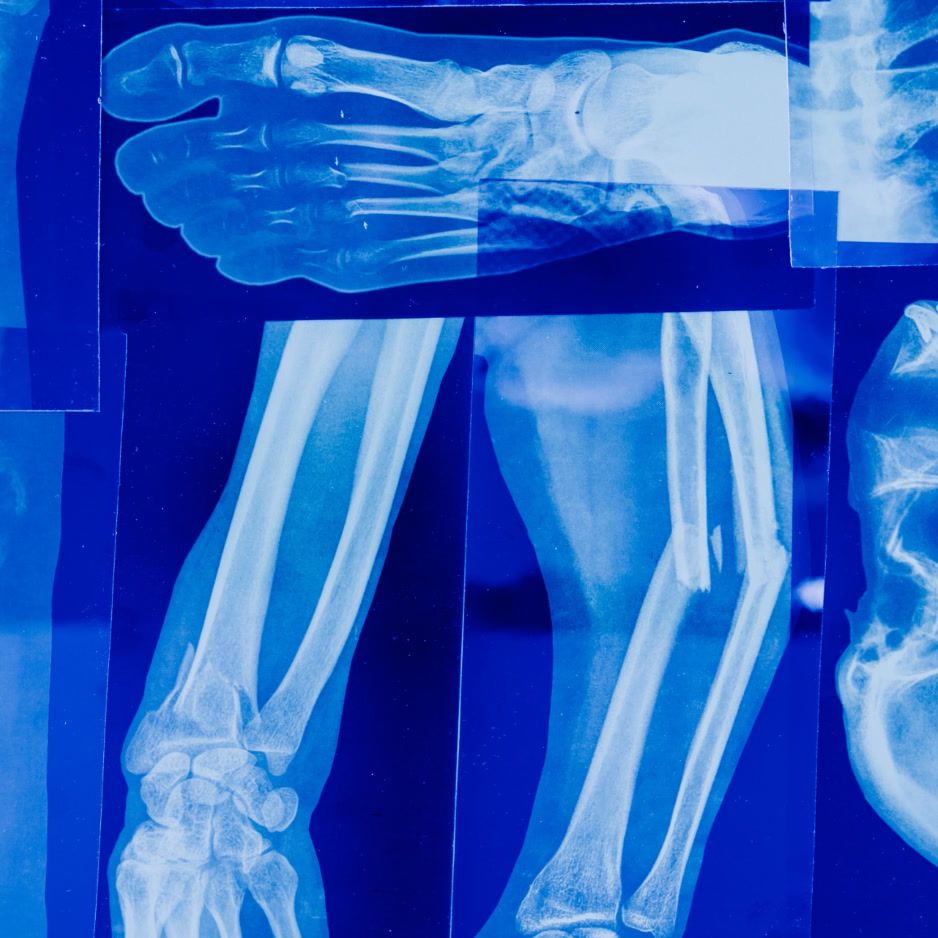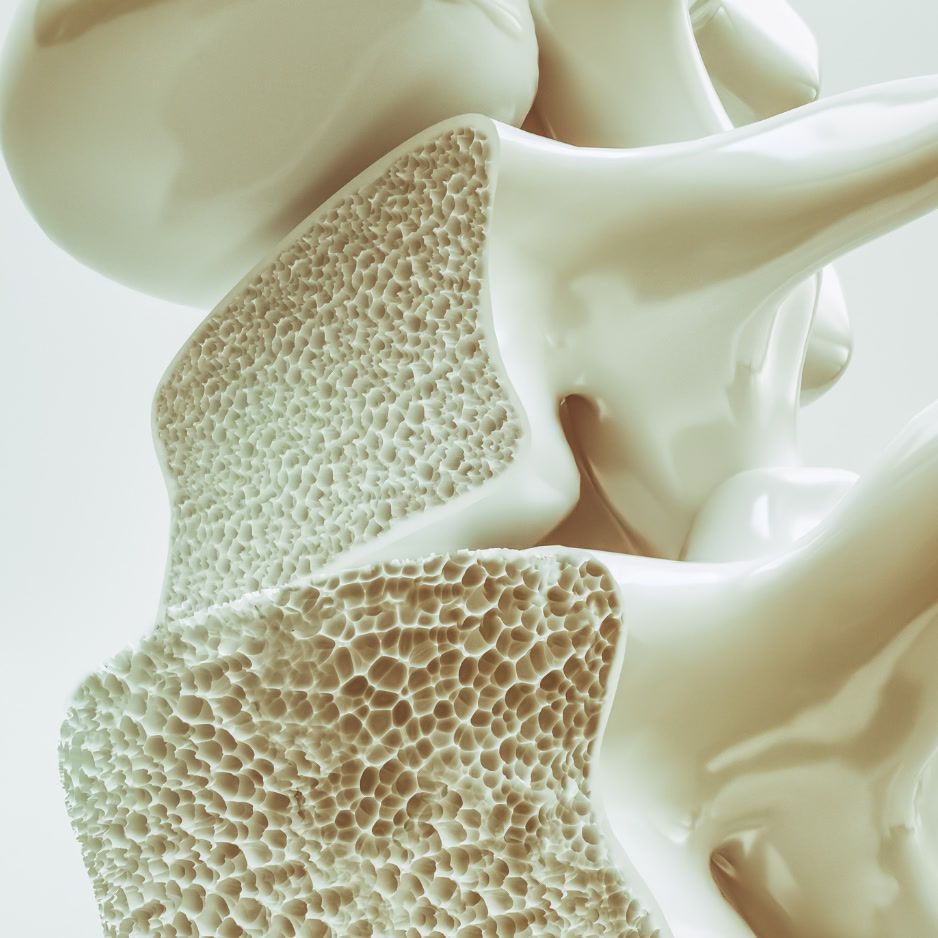18% Body Fat in Women: Health, Appearance, and How to Achieve It
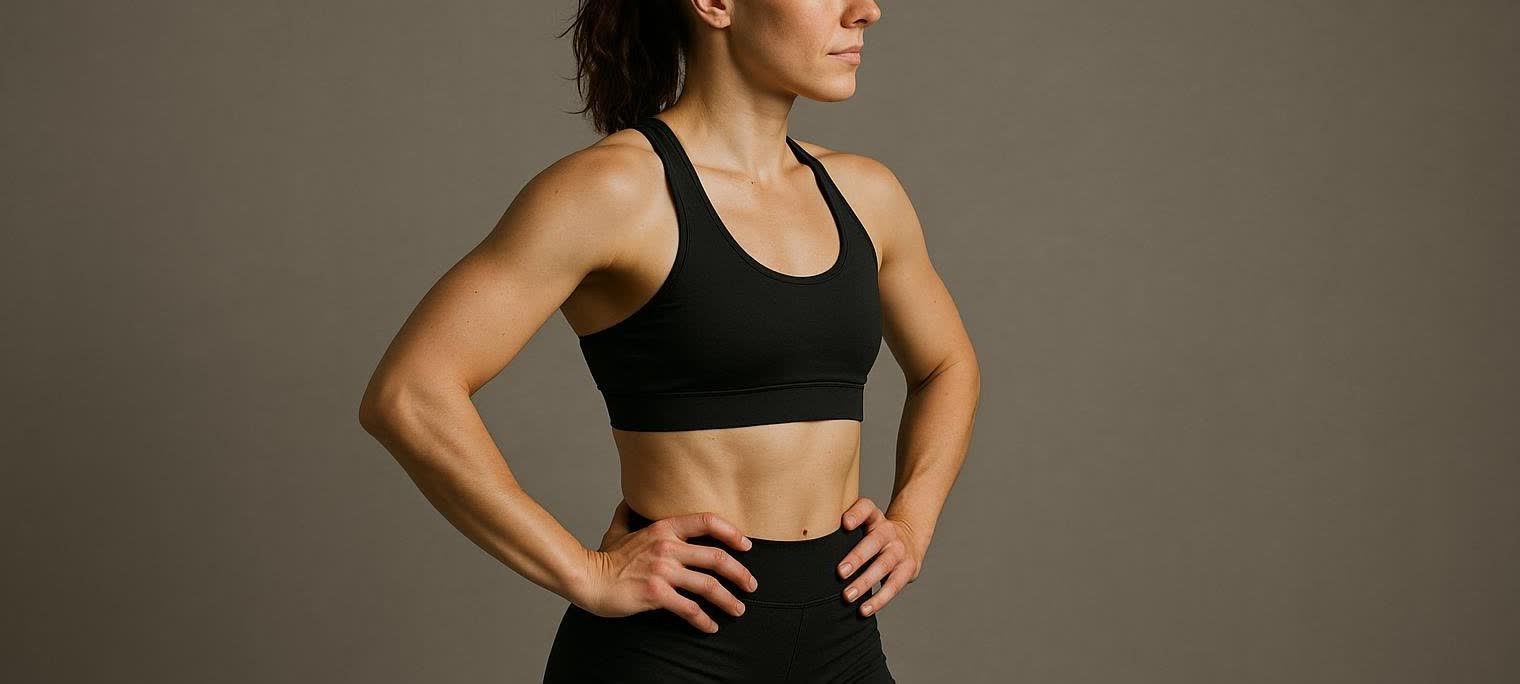
18% Body Fat in Women: Health, Visuals & How-To
Key Takeaways
- 18% body fat sits near the top of the athlete range for women.
- Health risks tend to come from under-fueling (low energy availability), not the number alone.
- DEXA is the most reliable way to measure and track total body fat and visceral fat.
- At ~18%, most women look lean and athletic without deep six-pack lines.
- To get there safely: lift regularly, eat enough protein, use a moderate calorie deficit, and prioritize recovery.
What does 18% body fat look like on women?
There’s no single “look,” but common markers include:
- Flat abdomen with light ab shadows when flexing (not a carved six-pack)
- Visible shoulder and quad lines
- Clear glute–hamstring separation when flexing in good lighting
- Minimal vein visibility at rest (may show during/after a workout)
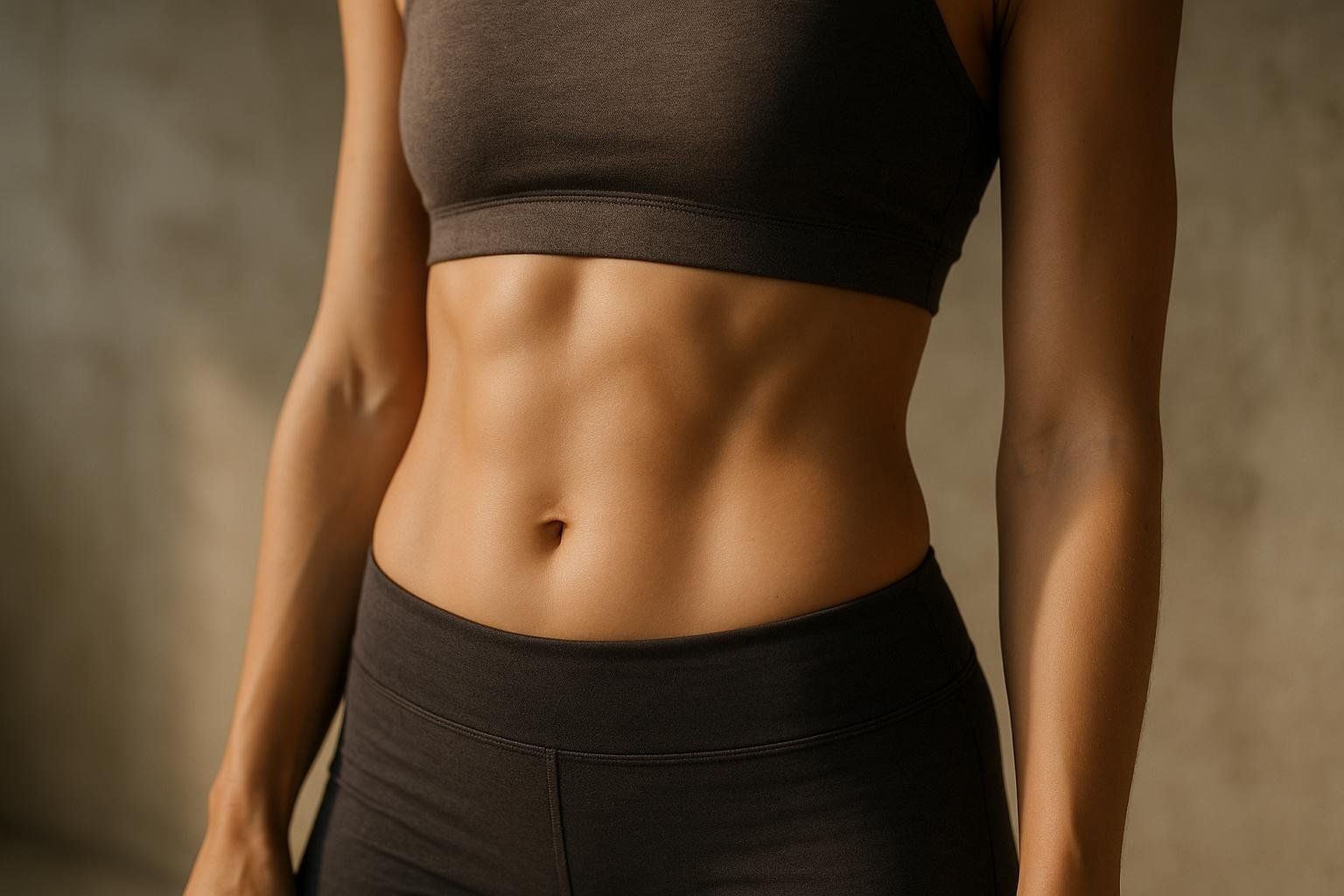
Fat distribution is personal—genetics, training history, and age all matter. Two women at 18% can look very different, especially if one stores more fat in the hips/thighs while another stores more centrally. For visual comparisons based on lab-grade measurements, Menno Henselmans offers a helpful visual guide for women.
Want to see how healthy ranges shift by decade? Check out our age-banded guide: Women’s Body Fat Chart by Age.
Is 18% body fat healthy for women?
Often yes—when fueling and recovery are on point.
- According to standards from the American Council on Exercise (ACE), 18% falls within the women’s athlete range (14–20%).
- Where you store fat matters. Visceral adipose tissue (VAT) around the organs is more tied to metabolic risk than pinchable subcutaneous fat. Large-scale research shows DEXA is a reliable way to estimate visceral fat compared with MRI/CT for population tracking, including a UK Biobank analysis.
- Hormonal health hinges more on energy availability (EA) than a specific body-fat cutoff:
- The IOC’s consensus on RED-S notes meaningful disruptions below ~30 kcal/kg fat-free mass (FFM)/day and considers ~45 kcal/kg FFM/day a better target during hard training, per the 2018 IOC consensus statement.
- The Female Athlete Triad guidelines emphasize EA and report that low body fat alone isn’t an independent cause of menstrual dysfunction or low BMD, as outlined in the 2014 Female Athlete Triad Coalition consensus statement (PubMed).
- Cycle changes can happen from stress + heavy training + under-fueling, even when body fat isn’t “extremely low,” according to a review of functional hypothalamic amenorrhea.

If you notice warning signs (fatigue, injuries, frequent illness, cycle changes):
- Bump calories by ~300–500/day, ease training for a bit, and prioritize sleep.
- Loop in a sports dietitian and a clinician familiar with Triad/RED-S guidance.
The most reliable ways to measure 18% body fat (and track it)
- DEXA scan (gold standard): Measures total body fat, lean mass, bone density, and estimates visceral fat. Hydration shifts affect it less than BIA and it gives regional detail. Learn more in our DEXA Scan Guide and our comparison post DEXA vs. InBody.
- Bioelectrical impedance (smart scales/InBody): Convenient for frequent check-ins but hydration-sensitive. Expect wider individual error margins than DEXA.
- Skinfold calipers: Budget-friendly with a trained tester; consistency in sites and technique is critical for reliability.
If you’re closing in on 18% or want to confirm, book a scan and follow our prep checklist for repeatable results: Prepare for Your BodySpec Scan. Prefer a quick at-home estimate first? Try our Body Fat Calculator.
How to reach 18% body fat safely: two goal-driven roadmaps
Everyone’s timeline varies by starting point, training age, and lifestyle. Use the frameworks below and listen to your biofeedback (sleep, mood, hunger, performance, cycle health).
Physique-Prep Path
- Timeline: 12–20 weeks depending on starting %BF and stage goals.
- Calories: Create a moderate 15–20% deficit below maintenance (use an RMR-based estimate if you can). Just as important: fuel your training—don’t starve your workouts. If performance, mood, or your cycle suffer, you’re likely under-fueled.
- Protein: 1.6–2.2 g/kg/day to preserve lean mass while cutting, as supported by the ISSN position stand on protein.
- Carbs/Fats: Fuel training (many do best with more carbs around lifts). Keep fats ≥ ~20–25% of calories for hormonal support.
- Training: 4–5 strength sessions/week (progressive overload) + 2–4 cardio sessions (mix daily steps, low-intensity, and some intervals as needed).
- Recovery: 7–9 hours sleep; plan a deload every 4–6 weeks.
- Monitoring: Weekly waist and scale trends; DEXA every 6–8 weeks to confirm fat loss while maintaining lean mass.
- Red flags: Lost/irregular periods, mounting injuries, persistent fatigue. Respond quickly by easing the deficit/load and reassessing fueling.

Sustainable Lifestyle Path
- Calories: Small deficit (≈10–15%) until you settle near 18–22%, then transition to maintenance.
- Protein: 1.4–1.8 g/kg/day; include protein at every meal.
- Training: 3–4 strength sessions/week (full-body or upper/lower split) + daily steps (7–10k).
- Cardio: 1–2 interval sessions or brisk hikes weekly for heart health and energy balance.
- Recovery: Consistent sleep/wake windows; 1–2 rest days/week.
- Monitoring: Monthly tape measurements and photos; DEXA quarterly for precise fat/lean trends.

Cycle-aware tips
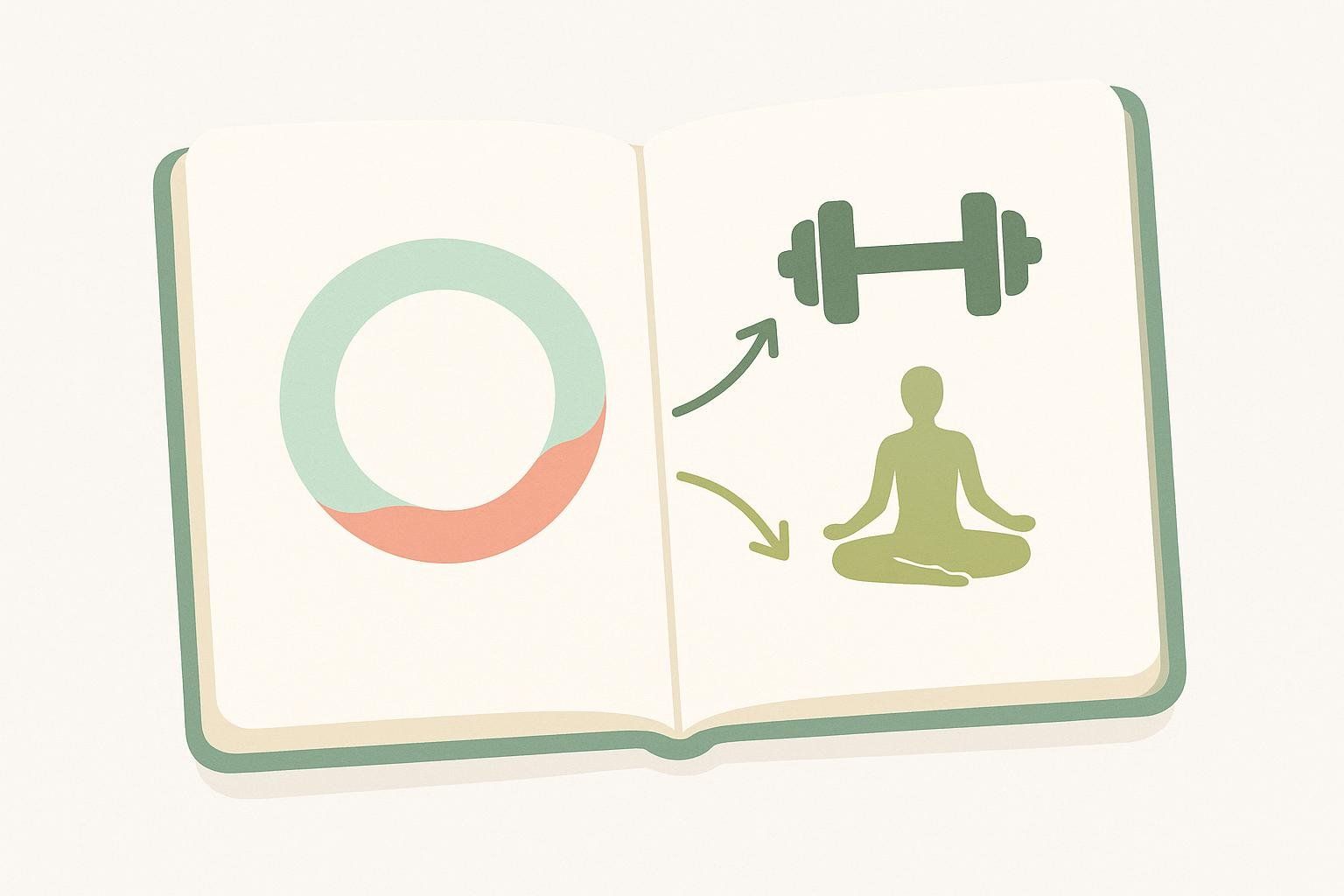
- Expect small shifts in appetite, water retention, and perceived effort across your cycle. A tiny calorie bump and/or lighter training week can help pre-menses.
- Track your cycle alongside training notes. If periods become irregular while cutting, eat a bit more, pull back on training, and reassess recovery. FHA is driven by overall stress and low EA, not a magical body-fat number.
FAQs
Is 18% body fat too low for women?
Not necessarily. It sits within the ACE athlete range. The bigger question is energy availability and symptoms. If you’re fueling well, menstruating regularly, and recovering from training, 18% can be sustainable for some women.
Will I lose my period at 18%?
Some women do at very low EA; others don’t, even at similar body fat levels. The consensus is that low EA—not body fat percentage alone—is the key driver. If your cycle changes, increase calories, reduce training stress, and speak with a clinician.
How long will it take me to reach 18%?
From the 20–25% range, many women can drop ~0.5–1.0% body fat per month with a moderate deficit, protein-forward nutrition, strength training, and sleep. Timelines vary by starting point and recovery capacity.
I’m perimenopausal—should I aim for 18%?
Maybe, but it’s not required for health. With hormonal shifts and a tendency toward central fat storage, many women feel best in the low- to mid-20s. Focus on strength, protein, and visceral fat reduction. A DEXA scan can quantify VAT and lean mass trends (see our Visceral Fat Level Chart).
Your next steps with BodySpec
- Get a precise baseline (total body fat, lean mass, and visceral fat) with a DEXA scan: DEXA Scan Guide
- Prep for consistent results: Prepare for Your BodySpec Scan
- Explore healthy ranges and how to use your numbers: Women’s Body Fat Chart by Age
- Compare scan options: DEXA vs. InBody
BodySpec gives you lab-grade clarity so you can train smarter and protect long-term health. If you’re working toward ~18% body fat, we’ll help you confirm your baseline, track what’s changing (fat vs. muscle), and course-correct early—so you can hit your goals while feeling great.
